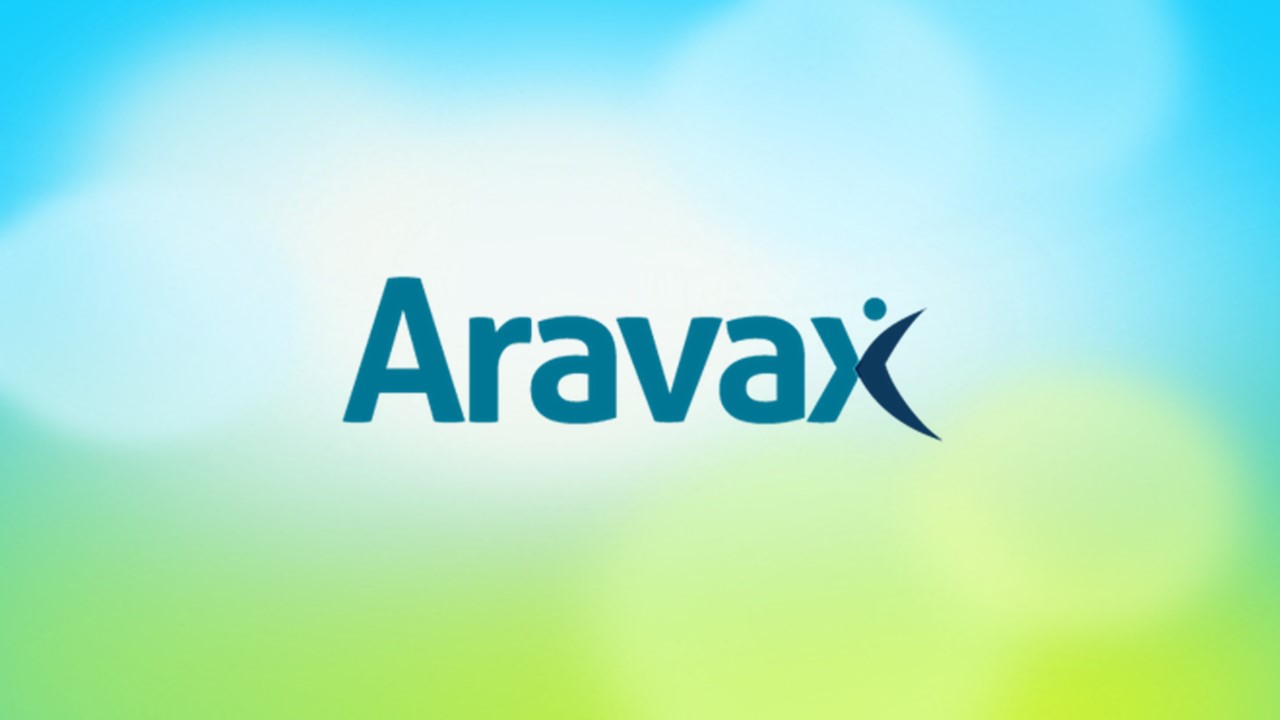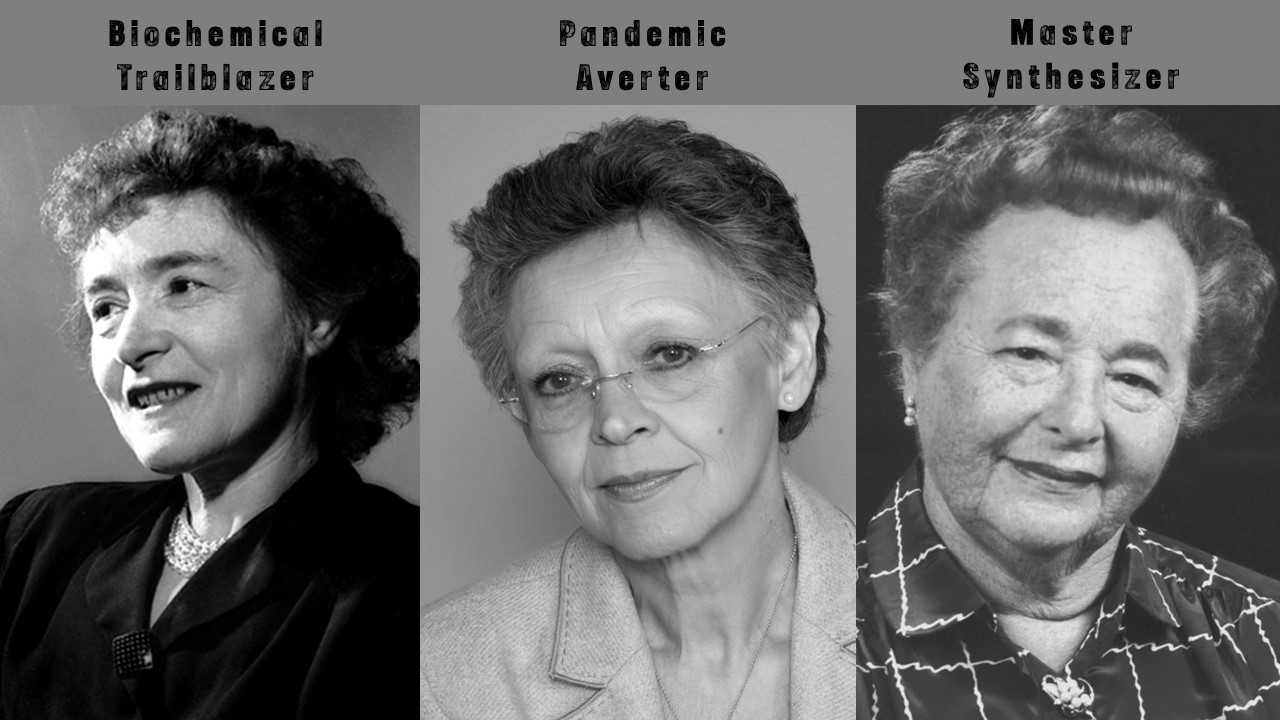
This week in pharmaceutical investments, Novartis and NHS England seal the deal to improve the patient care pathway and accessibility to the cholesterol drug Inclisiran, and improve awareness of lipid management pathways in primary care; AstraZeneca Team Up With Thermo Fisher Scientific to Develop Targeted CDx, supporting the expansion their precision medicine portfolio.
Pharma company Novartis and NHS England Confirm Exciting Deal for Cholesterol Drug
An agreement has been reached between NHS and Novartis to facilitate more broad and rapid access to the cholesterol-lowering medicine Leqvio (inclisiran). The drug is primarily for patients with long-term elevated LDL cholesterol – a known cause for atherosclerotic cardiovascular disease (ASCVD).
The collaboration between the two organisations hopes to address the rising number of LDL-C eligible patients with ASVD in the UK. According to a recent article, the agreement will recommend the use of inclisiran in primary care for the treatment of adult patients with persistently elevated LDL-C levels and a history of specific cardiovascular events.
In a recent press release, Novartis confirmed the aim of the project, which is “to develop and/or improve patient pathways to support improved lipid management, which is one of the priorities set out in the NHS Long Term Plan, including activities associated with the implementation of Inclisiran in England”.
There are a number of expected outcomes from this exciting collaboration including an optimised uptake of lipid lowering therapies and in general, improved awareness of lipid management pathways in primary care.
It is hoped that this collaborative project will provide faster access to innovative and cost effective medicine for patients, as a part of their diagnosis and treatment pathway, as well as enabling access to care closer to home and better information on conditions and treatment options.
The deal, worth approx. $9.7 billion, was inherited by Novartis from The Medicines Company, which originally developed inclisiran.
AstraZeneca Team Up With Thermo Fisher Scientific to Develop Targeted CDx
Thermo Fisher Scientific and AstraZeneca have officially signed an agreement to co-develop next-generation (NGS) sequencing-based companion diagnostics: the desired outcome for this collaboration is application of these CDx to support AstraZeneca’s portfolio of targeted therapies.
The collaboration between the two companies is a particular advantage for AstraZeneca as Thermo Fisher noted that it currently offers the only NGS CDx solution that’s approved and reimbursed by government and commercial insurers exceeding 15 countries. Utilising this innovative diagnostic technology will no doubt benefit the pharmaceutical leader, who are looking to expand their pipeline of targeted therapies.
In a recent press release, Garret Hampton, President of clinical next-generation sequencing and oncology at Thermo Fisher Scientific reinforced this point, saying that “the availability of diagnostic tools that can interrogate multiple biomarkers simultaneously will ensure patients can be matched with the right therapies more rapidly – this is the promise of precision medicine”.
More than 90 percent of AstraZeneca’s clinical pipeline are targeted precision therapies, hence, innovative diagnostic tools like NGS-based CDx can be used to match patients with appropriate treatment.
This collaboration will no doubt benefit both companies as the market of precision medicine grows, enabling both Thermo Fisher and AstraZeneca to expand global access to the growing demand for precision therapies.
Bionano Genomics and NuProbe Global Collaborate on Cancer Liquid Biopsies for Reproductive Health
Under terms of the agreement, China-based NuProbe Global will incorporate two of its core technology platforms – quantitative amplicon sequencing (QASeq) and blocker displacement amplification (BDA) – with Bionano’s optical genome mapping platform for research and product development.
The collaboration will support the development of oncology liquid biopsy testing and reproductive health. One of the challenges in reproductive health and oncology is that some variants are undetectable under NGS – this limits the ability of clinicians to identify the location and causes of the disease for many patients.
The QASeq is particularly versatile and can identify mutations and copy number variants in a multitude of sample types, from fresh/frozen tissue to cell-free DNA samples from blood.
It has been emphasised however, that NuProbe’s QASeq and BDA platforms could help to address this challenge when combined with Bionano’s Saphyr genome mapping. In a recent statement, the company’s CEO said “Bionano is a new cytogenetic technology that we have evaluated as a powerful complement to existing NGS technologies. Combined with our QASeq and BDA technologies, it can effectively help clinicians to identify the location and causes of disease”.
Cancer diagnostics for reproductive cancer types, like ovarian cancer, remain a challenge for clinicians. The specificity of tumour markers for example, can be relatively poor as the levels of specific markers like CA125, can be elevated by other conditions – benign and malignant – such as pregnancy, endometriosis, fibroids and breast cancer. The collaboration of these two companies could even accelerate the development of diagnostics for these indications, with greater specificity and reliability.
Charlotte Di Salvo, Lead Medical Writer
PharmaFeatures
Subscribe
to get our
LATEST NEWS
Related Posts

Leadership, Trends & Investments
Aravax Continues International Expansion with Appointment of Aled Williams as Chief Business Officer
Aravax announces the appointment of Alex Williams as Chief Business Officer.

Leadership, Trends & Investments
The Immigrant, The Career-Undecided, and The Supermarket Supervisor-turned-Scientist
Learn more about the 1947, 1988, and 2008 Physiology or Medicine Female Nobel Laureates.
Read More Articles
Myosin’s Molecular Toggle: How Dimerization of the Globular Tail Domain Controls the Motor Function of Myo5a
Myo5a exists in either an inhibited, triangulated rest or an extended, motile activation, each conformation dictated by the interplay between the GTD and its surroundings.
Designing Better Sugar Stoppers: Engineering Selective α-Glucosidase Inhibitors via Fragment-Based Dynamic Chemistry
One of the most pressing challenges in anti-diabetic therapy is reducing the unpleasant and often debilitating gastrointestinal side effects that accompany α-amylase inhibition.













